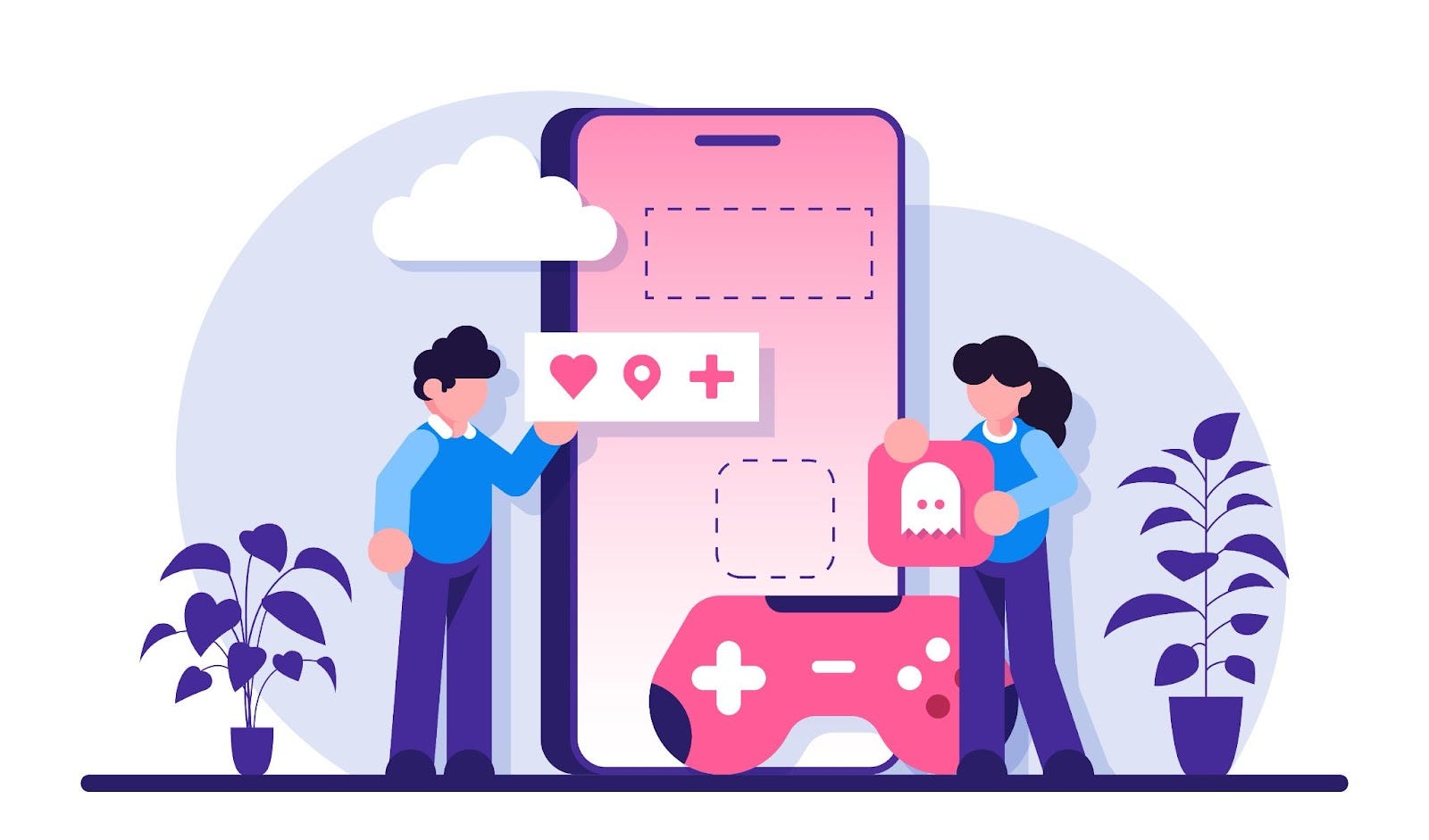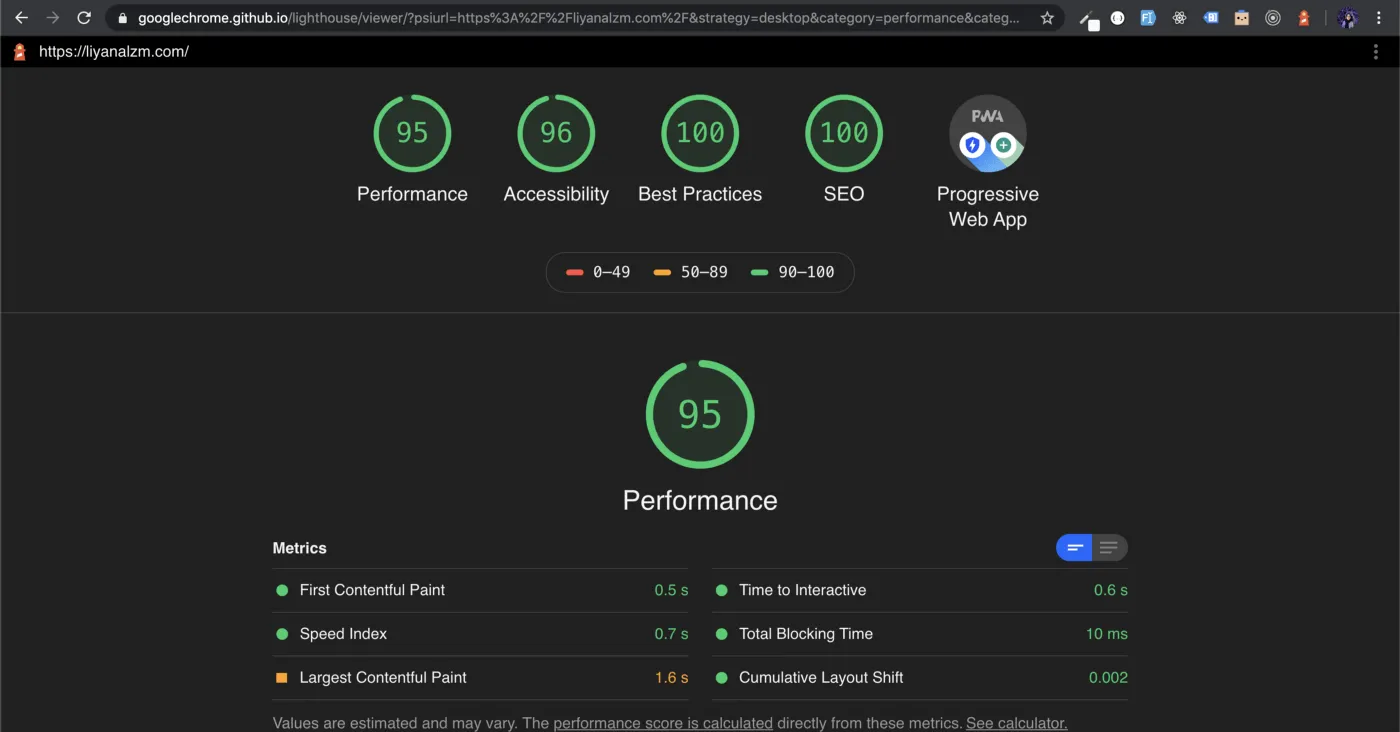(source: Freepik)
First impression is the last impression. This is a very popular saying that we often hear, and this applies to the gaming world too. The smoother the onboarding, the faster new players reach the "fun", and the more likely they are to stay.
A strong onboarding can clear the runway so that players can easily get into the action. For example, many online casinos offer no deposit bonuses as part of their onboarding process. This means gamers can try the platform without spending a cent. This logic applies to all games as it removes barriers and makes it easy for players to get engaged.
The first moments are crucial - be it a puzzle game, a shooter, or an open-world RPG. The smoother the path from download to gameplay, the more likely you are to stick around. With so many options out there, a strong onboarding game can be a deciding factor for players in whether a game earns your time and attention.
What Is Low-Friction Onboarding?
Low-friction onboarding is a way to get new players into the core experience without requiring them to go through lengthy sign-up processes. The idea is to minimize as many barriers as possible. It is the difference between asking someone to complete a three-minute registration form and letting them jump straight into a playable demo, with account setup handled later.
In the gaming context, this can mean:
- Few clicks or taps before gameplay commences
- Optional tutorial according to skill level
- Seamless integration with existing accounts or devices
- Smart defaults so players rarely have to make manual changes to settings
With a strong onboarding, you are not completely removing the important steps, but you design them in a way so that it feels effortless. This is closely tied to the concept of FTUE (First-Time User Experience). This means every element is geared toward reducing cognitive load and keeping momentum.
Based on a recent study, only 23% of respondents would stay loyal to their current gaming operator. But you can increase this rating by putting friction into your onboarding.
Below is a table that shows the difference between low and high friction onboarding:

Why Convenience Matters in Modern Gaming
Think of designing a game that takes more effort to start than to master. Before the player even gets to his first "aha" moment, he's already gone. And that is exactly what happens in reality. Studies show that around 77% of new players don't return the day after installing a mobile game.
In other terms, four out of five potential users just drop off almost immediately. So, if getting into your game requires more than a few taps, a few forms, or a couple of confusing steps, then the players will leave- no matter how great the core gameplay is. Convenience here is not a nice-to-have; it is an integral part of your development process. The fewer barriers you place at the start of your game, the more chances the player will get to encounter the game's real fun.
(source: Freepik)
Whether it is landing that first win, unlocking a new feature, or just moving forward a level, the easier you make it, the better off your retention numbers will be. If the convenience turns new downloads into daily players, you are not only building a better interface but also a stronger foundation for long-term success.
Case Study
When you're launching a new game, the first few interactions can make or break the player's entire experience. Here is an example that highlights the success in low-friction onboarding. Candy Crush by King Digital Entertainment had faced high drop-off rates during the initial game tutorials. Furthermore, players got overwhelmed with the complex game mechanics as well. Here's what the company did to increase its player retention rates:
- Removed mandatory sign-up and allowed immediate gameplay
- Introduced tutorials that gradually help players as they progress to the next levels
- Used A/B testing to improve monetization techniques
- Integrated social sharing to boost engagement
When Low-Friction Becomes Crucial
Low-friction experiences in gaming essentially involve uninterrupted and smooth interactions. Players expect quick onboarding, minimal load-time experiences, and immediate gameplay access. The following are areas in which it truly matters:
- First-time user onboarding: To retain new players, you need to take down hurdles such as lengthy sign-ups or complicated tutorials.
- Mobile and casual gaming: Players want to just start the game without any hesitation or delay, especially while traveling.
- Competitive and live events: Any hesitation or friction surely adds to any frustrations during real-time matches.
- Cross-platform play: To deliver an optimum experience on all devices, low friction is a must to uphold engagement levels.
- Microtransactions and in-game store purchases: Transparent processes help develop clarity, and they put conversions on fast-track speed to ensure uninterrupted gameplay.
Are There Cases Where Friction Is Necessary?
While friction is generally something to avoid, this does not mean that it should never make an appearance in a game. Tutorials or initial steps designed to teach game mechanics help ensure that the players take an active role in knowing how to play. Friction also works as a checkpoint for accidental purchases or actions that would otherwise work against the players and the developers.
Furthermore, challenges and pause intervals help build up anticipation and improve engagement. So, purposeful friction strikes a balance between smoothness and adequate guidance, safety, and attraction of players.
Developer Considerations and Best Practices
If you want to create a low-friction gaming experience, you need to focus on the following:
- Intuitive UI design, fast loading times
- Simplified sign-up processes
- Optimized backend performance
- Incorporating user feedback
- Balance friction with fraud prevention and parental controls
Apart from the above, developers need to design a smooth onboarding process that's informative but quick. For this, progressive disclosures can be used so players can learn as they go. Furthermore, A/B testing is a must for delivering a consistent experience.
Conclusion
Low friction is crucial to maximize player engagement. Minimize barriers to create a smooth experience for your players. However, keep in mind that friction is not always negative. It just has to be backed by the right guidance and meaningful challenge. Go for thoughtful designs that create a balance between ease and friction. Back it up with solid technical optimization and user testing.





